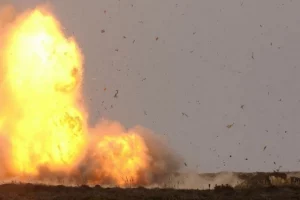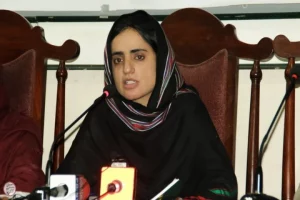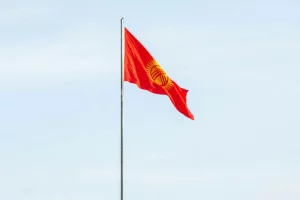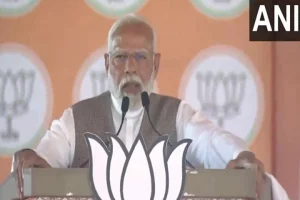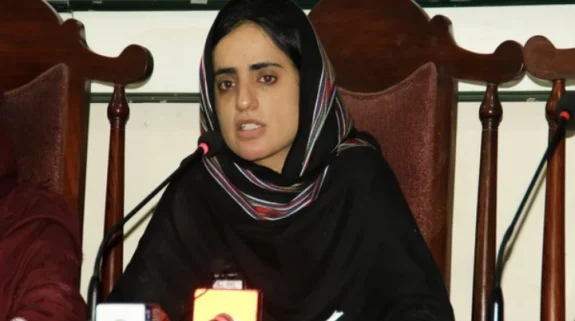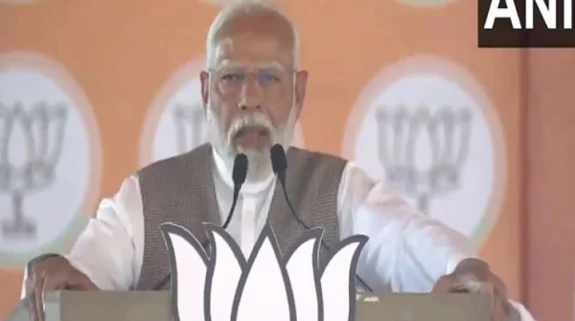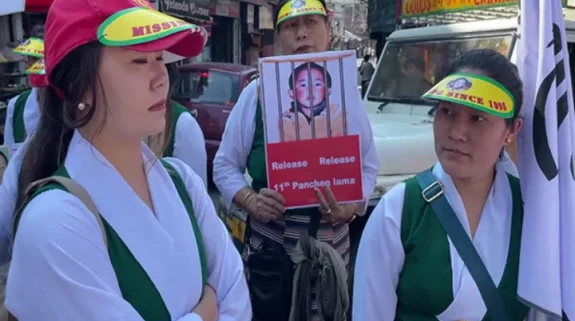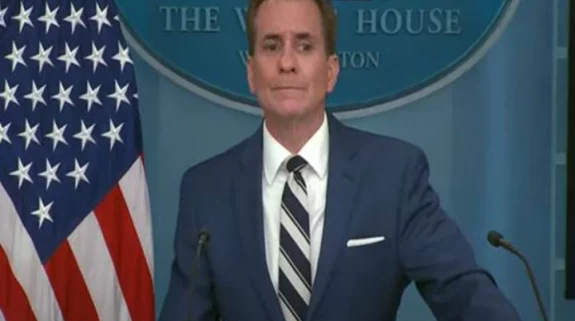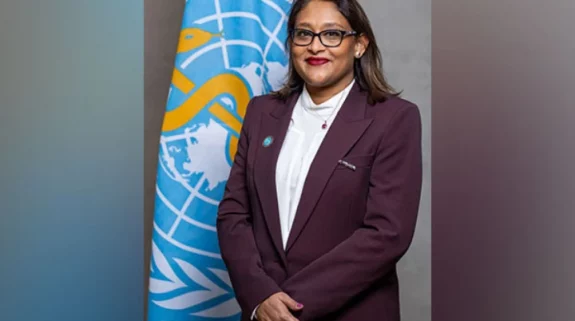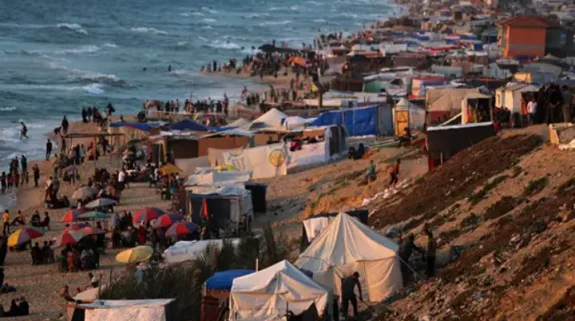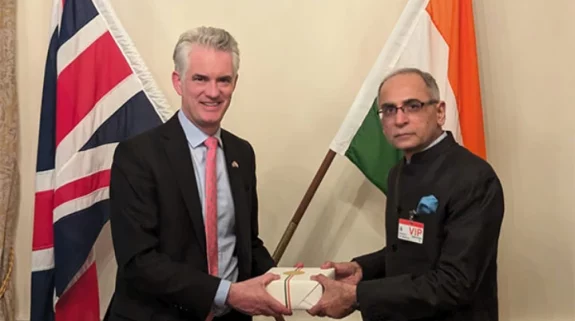US Presidential and Vice-Presidential elections are based on an indirect election process. The two top political positions to the US government are elected by the ‘electors’ through a process followed by ‘the electoral college.’
Article 2 of the US Constitution says that the executive power shall be vested in a President of the United States of America. He shall hold this office for a term of four years and the Vice-President too is chosen for the same term.
<strong>Who is eligible to become the US president</strong>
I) A natural born citizen
II) At least 35 years old
III) A US resident for at least 14 years
<strong>What are the Primary and Caucuses</strong>
Candidates who want to run for the presidential position come up with their ideas and agenda on how the government should be run. They present these before their party members. In the American system, it is the political party which decides the presidential candidate through an internal election. The selection is based on the ideas that the candidates present before their party.
It is here that we come across the two terms—primaries and caucuses. In the primaries, party members vote for the candidate who will represent the party as the presidential candidate, while in the caucuses the party members select the best candidate through a series of debates and discussions. For example, in the 2008 presidential elections, Barack Obama emerged as a surprise candidate to topple Hillary Clinton in the Democratic primaries and caucuses.
Now both political parties, Democratic or Republican, hold their National Conventions to present their presidential nominee before the public. After this the candidates begin their campaign to win the favor of the public.
<strong>Indirect Election: Role of the Electoral College</strong>
According to convention, people vote every four years on the first Tuesday after the first Monday in November. This year voting took place on November 3 this year. People across the country vote for the ‘electors,’ who in turn vote in the electoral college for the presidential candidate.
The US has 538 total electors, mirroring one each for the Congress' seats—House of Representatives (435), US Senate (100) and three electors representing the District of Columbia. A presidential candidate needs a majority of 270 votes to get elected to the White House. The Constitution gives each state a number of electors equal to the combined total of Representatives and Senators who represent that state in the US Congress.
<img class="wp-image-20068 aligncenter" src="https://indianarrative.com/wp-content/uploads/2020/11/USA-300×196.png" alt="US Presidential and Vice-Presidential elections" width="747" height="488" />
To put it in the Indian context, it will something like: Uttar Pradesh has 80 Lok Sabha seats. Let’s assume that there are only two parties. If party A wins 41 seats and party B 39, party A will be declared the winner with all seats in its bag. That is, when it goes to the Lok Sabha, its strength from UP will be considered 80 and not 41. Winner takes all.
It is the same with an American state, except that the electors don’t go to the Lok Sabha (which is House of Representatives) which in turn elects the leader. Soon after electing the president, electors’ role ends, unlike those of Lok Sabha members.
In the electoral college system, the electors will cast one vote for the presidential candidate of their choice. Often, the presidential candidates get more public votes but a lesser number in the electoral college. This happened with Hillary Clinton in 2016 against Donald Trump when she got more popular votes than Trump but lost in the electoral college. On January 20, 2021, the elected President will be sworn in as the US President. After the ceremony, the President makes his way to the world's most powerful executive office—the White House.
<img class=" wp-image-13842 aligncenter" src="https://indianarrative.com/wp-content/uploads/2020/09/US-President-Donald-Trump-300×207.jpg" alt="'White House staffers discussed Trump refusing to leave office'" width="748" height="517" />
.







